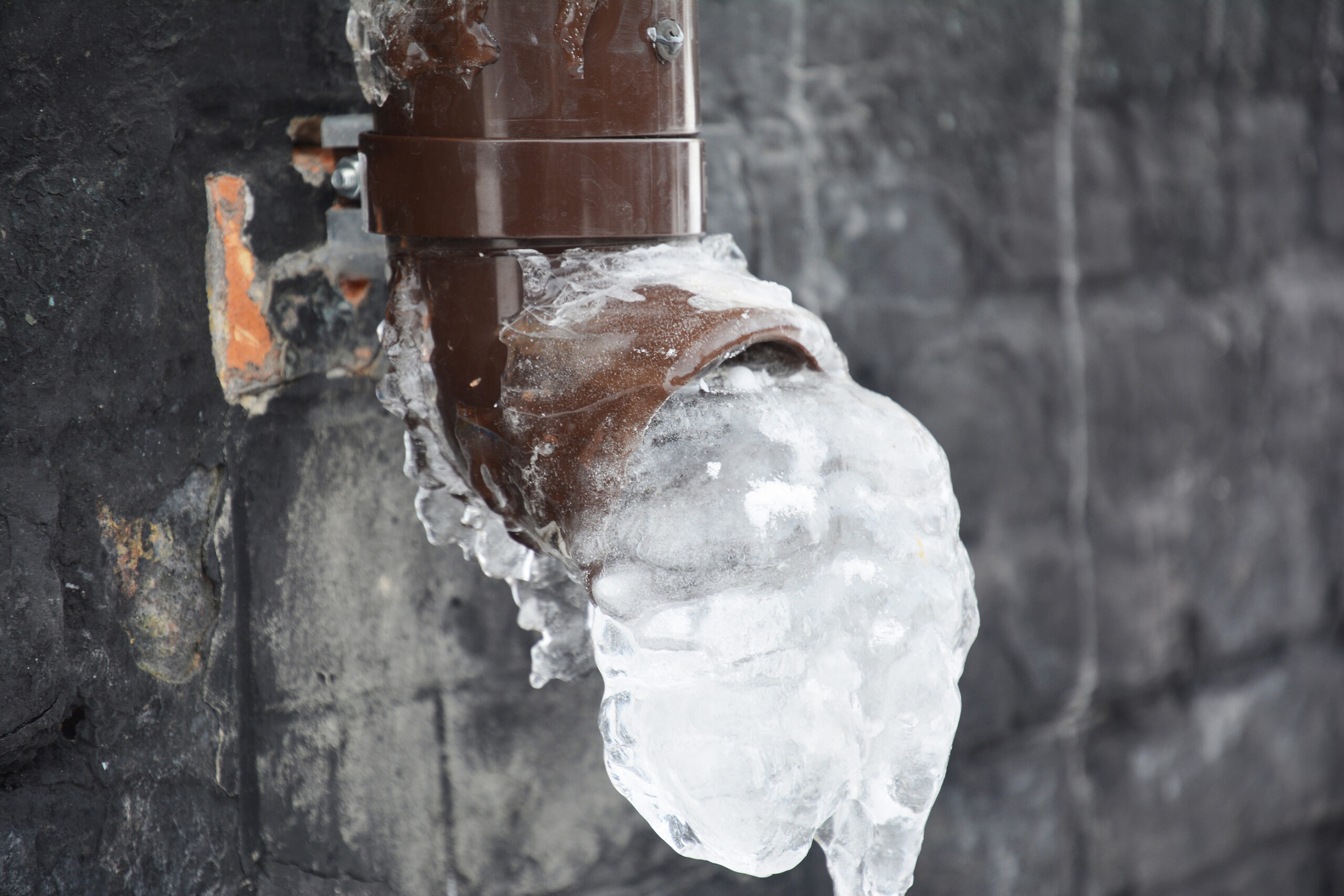They are making a few great points on the subject of How To Avoid Freezing Pipes overall in this great article directly below.

Cold weather can wreak havoc on your plumbing, specifically by freezing pipelines. Right here's exactly how to avoid it from taking place and what to do if it does.
Intro
As temperatures drop, the danger of icy pipes rises, potentially causing expensive repairs and water damage. Comprehending exactly how to avoid icy pipelines is critical for house owners in cold environments.
Prevention Tips
Insulating vulnerable pipelines
Wrap pipes in insulation sleeves or make use of heat tape to safeguard them from freezing temperature levels. Focus on pipelines in unheated or exterior locations of the home.
Home heating strategies
Maintain interior areas properly heated up, particularly locations with pipes. Open cabinet doors to allow warm air to distribute around pipes under sinks.
Just how to determine frozen pipelines
Seek reduced water circulation from taps, uncommon odors or sounds from pipes, and visible frost on revealed pipes.
Long-Term Solutions
Structural adjustments
Take into consideration rerouting pipelines away from exterior walls or unheated areas. Include extra insulation to attic rooms, cellars, and crawl spaces.
Upgrading insulation
Buy top quality insulation for pipes, attic rooms, and wall surfaces. Proper insulation aids keep consistent temperatures and minimizes the threat of frozen pipelines.
Safeguarding Outside Pipes
Garden hose pipes and outside faucets
Disconnect and drain garden hoses prior to winter months. Set up frost-proof spigots or cover outdoor faucets with insulated caps.
Understanding Icy Pipes
What causes pipelines to freeze?
Pipelines ice up when revealed to temperature levels listed below 32 ° F (0 ° C) for expanded periods. As water inside the pipelines ices up, it broadens, taxing the pipe walls and possibly creating them to break.
Dangers and damages
Icy pipelines can lead to supply of water disturbances, property damages, and costly repair services. Burst pipelines can flooding homes and cause extensive architectural damage.
Indicators of Frozen Pipes
Determining icy pipelines early can avoid them from rupturing.
What to Do If Your Pipes Freeze
Immediate activities to take
If you presume frozen pipes, keep faucets open up to ease pressure as the ice thaws. Use a hairdryer or towels taken in hot water to thaw pipelines slowly.
Verdict
Stopping icy pipes calls for proactive procedures and fast responses. By comprehending the reasons, signs, and preventive measures, home owners can protect their plumbing during cold weather.
6 Proven Ways to Prevent Frozen Pipes and Protect Your Home
Disconnect and Drain Garden Hoses
Before winter arrives, start by disconnecting your garden hoses and draining any remaining water. Close the shut-off valves that supply outdoor hose bibs and leave the outdoor faucet open to allow any residual water to drain. For extra protection, consider using faucet covers throughout the colder months. It’s also important to drain water from any sprinkler supply lines following the manufacturer’s directions.
Insulate Exposed Pipes
Insulating your pipes is an effective way to prevent freezing. Pipe insulation is readily available at home improvement stores and is relatively inexpensive. Pay close attention to pipes in unheated areas such as the attic, basement, crawl spaces, or garage. Apply foam insulation generously to create a buffer against the cold. You can also wrap your pipes in heat tape or thermostat-controlled heat cables for added warmth.
Seal Air Leaks
Inspect your home for any cracks or openings that could let in cold air. Seal any holes around the piping in interior or exterior walls, as well as the sill plates where your home rests on its foundation. Additionally, make sure to keep your garage door closed unless you’re entering or exiting. Leaving it open creates a significant air leak that can lead to frozen pipes.
Allow Warm Air Circulation
During cold snaps, it’s essential to allow warm air to circulate evenly throughout your home. Leave interior doors ajar to promote better airflow. Open kitchen and bathroom cabinets to help distribute heat consistently around the rooms. If you have small children or pets, be sure to remove any household chemicals or potentially harmful cleaners from open cabinets for safety.
Let Faucets Drip
A small trickle of water can make a big difference in preventing ice formation inside your pipes. When temperatures drop significantly, start a drip of water from all faucets served by exposed pipes. This continuous flow helps prevent the water from freezing. Additionally, running a few faucets slightly can relieve pressure inside the pipes, reducing the chances of a rupture if the water inside does freeze.
https://choateshvac.com/6-proven-ways-to-prevent-frozen-pipes-and-protect-your-home/

Do you like reading up on Prevent Frozen Pipes ? Place a remark down below. We'd be glad to find out your insights about this blog entry. We hope that you come back again before long. Are you aware of somebody who is serious about the subject? Be sure share it. I thank you for reading our article about Helpful Tips to Prevent Frozen Pipes this Winter.
Click Here